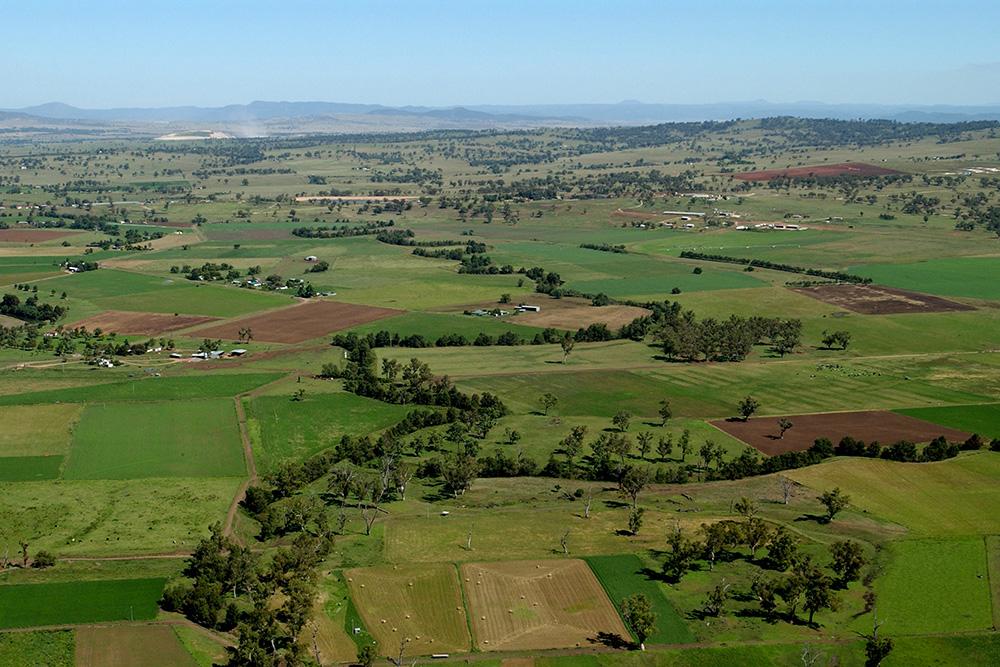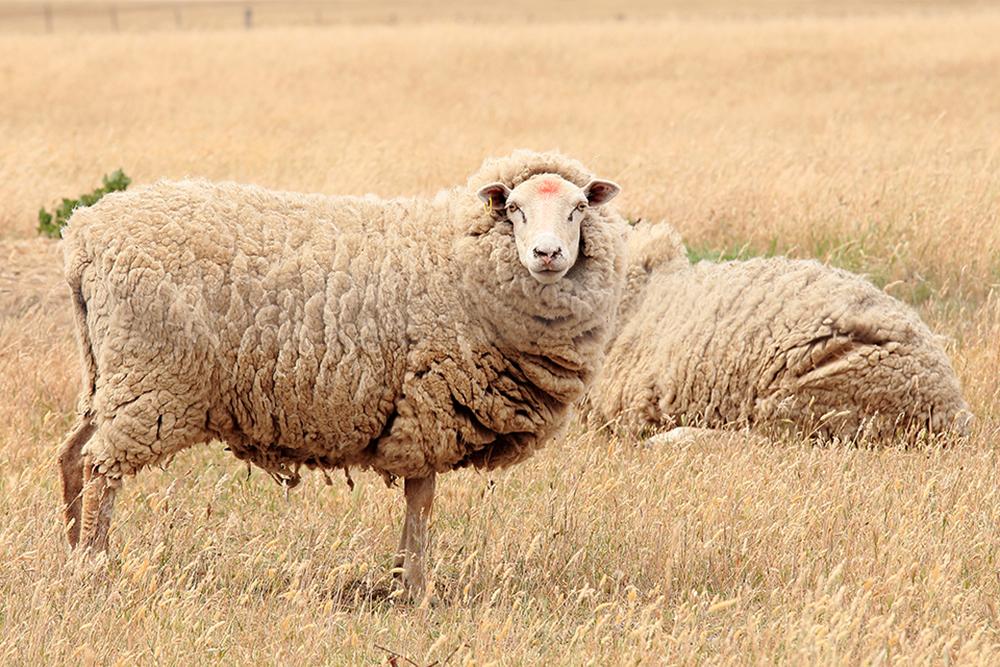Labour shortages in the horticulture sector have eased slightly, according to a report from the Australian Bureau of Agricultural and Resource Economics and Sciences (ABARES).
ABARES executive director Dr Jared Greenville said the report, based on a survey of over 2,000 horticulture farms across Australia, showed a fall in the number of farms struggling to find workers.
“Almost 34% of horticulture farms had difficulty in recruiting workers in 2022–23, down from 57% in 2021–22,” Dr Greenville said.
“We’ve also seen a shift in the number of workers used by Australian horticulture farms.
“The monthly average number of workers used by horticulture farms increased between 2021–22 and 2022–23 by around 1,500 people, rising from 116,900 to 118,400 workers.
“But we know labour demand in horticulture is seasonal, and it was pleasing to see that we also saw improvements in peak labour use which rose by 4% or around 5,100 workers to a peak of 130,300 workers in 2022–23.
“This modest rise marks a turnaround from consecutive falls in the number of workers used over the preceding 3 years. The increase was primarily driven by the return of overseas working holiday makers and, to a lesser extent, permanent workers.
“These extra workers have largely been hired by the largest horticulture farms, which is understandable as these farms bore the brunt of the total decrease in labour use from 2019–20 to 2021–22.
“Horticulture farmers have found ways around the net decline in workers. Around 40% of Australian horticulture farms used machinery like fruit picking machines to reduce their demand for labour in 2022–23. In other instances, the hours worked by existing employees increased.
“Farmers have also utilised labour hire firms to overcome difficulties with filling vacancies, with nearly two-thirds (64%) of contract horticulture workers employed through labour hire firms during peak labour use periods in 2022–23, up from 52% in 2019–20.”
For more information on the Labour use in Australian horticulture: Analysis of survey results, 2022–23 report, visit https://www.agriculture.gov.au/abares/research-topics/agricultural-workforce/labour-use/2023.



